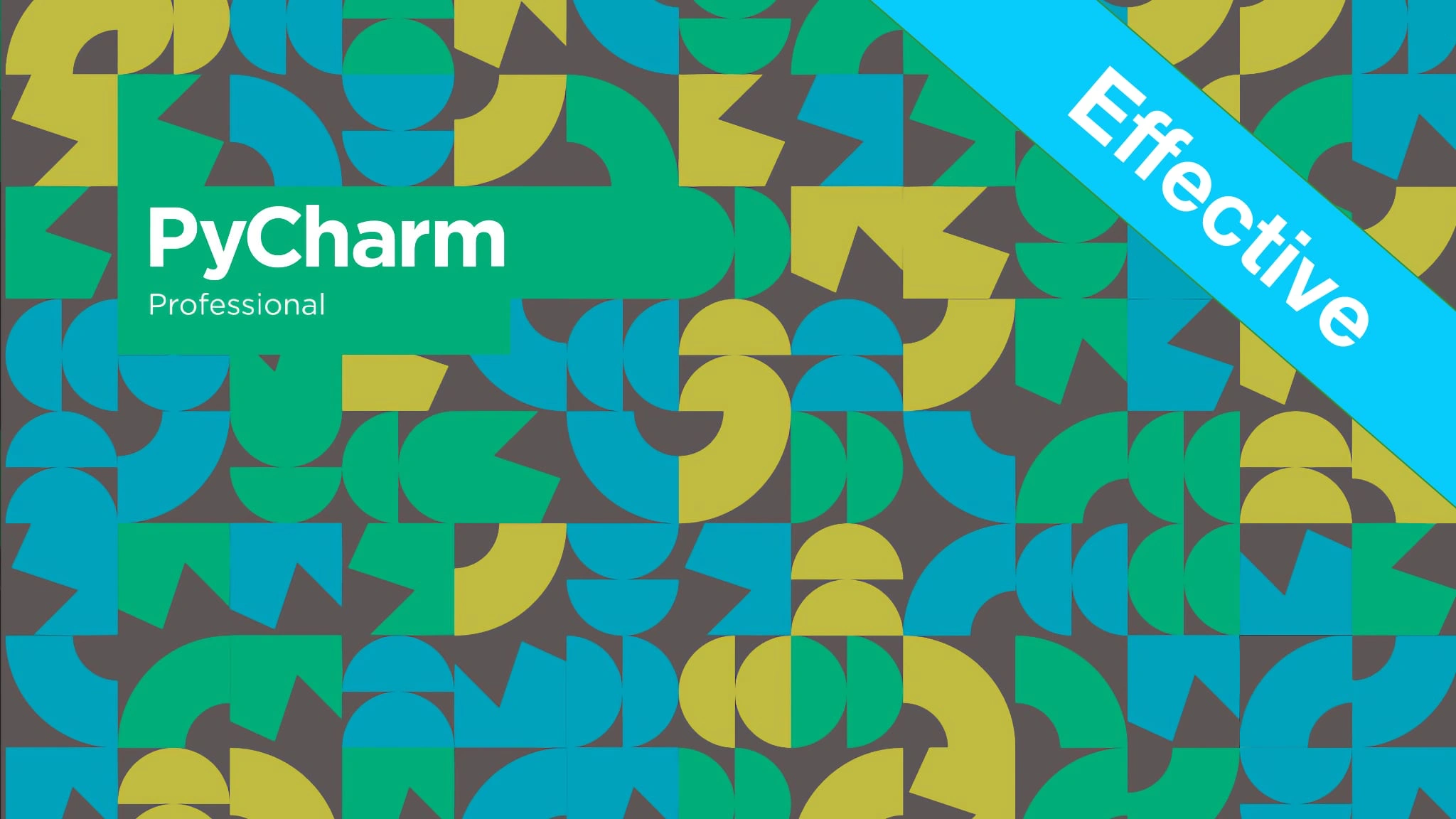Effective PyCharm Transcripts
Chapter: Server-side Python web apps
Lecture: Server-side features
Login or
purchase this course
to watch this video and the rest of the course contents.
0:00
Before we actually dive into them. Let's just do a quick flyover of some of the server side features that we're gonna be focusing on in this chapter.
0:08
We're going to create server side, server rendered web applications in Python.
0:13
This is Flask, Django FastAPI pyramid and all those sorts of things where we write Python code on a server. It generates all sorts of HTML responses,
0:23
API's things like that. We'll see how you might load an existing web project. This might sound obvious like Michael.
0:30
Haven't we already loaded some projects? Yes, yes, we have. What we did is we loaded up projects where we could go to the application in
0:38
right click and say run. But the way you run up your pyramid app is not by running a file, it's by running a server pointed at a configuration file
0:46
with some other settings. The way you run, Django might be different the way you want run Flask could be using Flask run instead
0:53
of running a particular file. So we're going to see how you might load up some of these existing web projects and run them.
1:00
We'll see PyCharm's, support for the popular HTML template in particular.
1:05
We're going to talk about probably jinja and maybe evenChameleon. PyCharm also has built in support for managing the state of your web application.
1:15
Some web frameworks like Flask don't have this idea. You just get them and you run them and off they go,
1:21
they do their thing. But Django has this manage py which will let you create users or add apps or do all sorts of stuff.
1:29
Pyramid has this setup.py that will allow you to register it so it can be run as a package and those sorts of things.
1:37
So we're going to talk a little bit about the set up and manage features that PyCharm's supports for those frameworks.
1:43
We've already talked about marking a directory as marketed as a source root marking it as
1:49
a template folder. But this is the chapter where things like template folders and resource roots make particularly important impacts on our projects.
1:58
So we'll see specifically how we can use the resource designation to get auto complete and
2:04
other types of checks and validations around our static resources like CSS and Javascript as well as if we set up a template directory,
2:13
correct, We'll get automatic navigation between say a view method and its underlying template in
2:19
Flask. Oftentimes in web apps there's these little tools that have to run before you can actually launch and run your application.
2:27
This might be web pack, it might be some NPM command. It could be some minification of some of your resources like your CSS.
2:36
It could be a Typescript compiler, you know, who knows what? So there's all these little tasks and tools that might need to run to prepare our
2:43
web app from the source files to what browsers actually want. We'll see how PyCharm has great support for a whole bunch of those.
2:50
So here's a bunch of things. We're going to focus on for the server side features of PyCharm hold tight on
2:56
the client side. That's the next chapter where we talk about how you might use Vue.js or other sorts of front end frameworks things like that.
